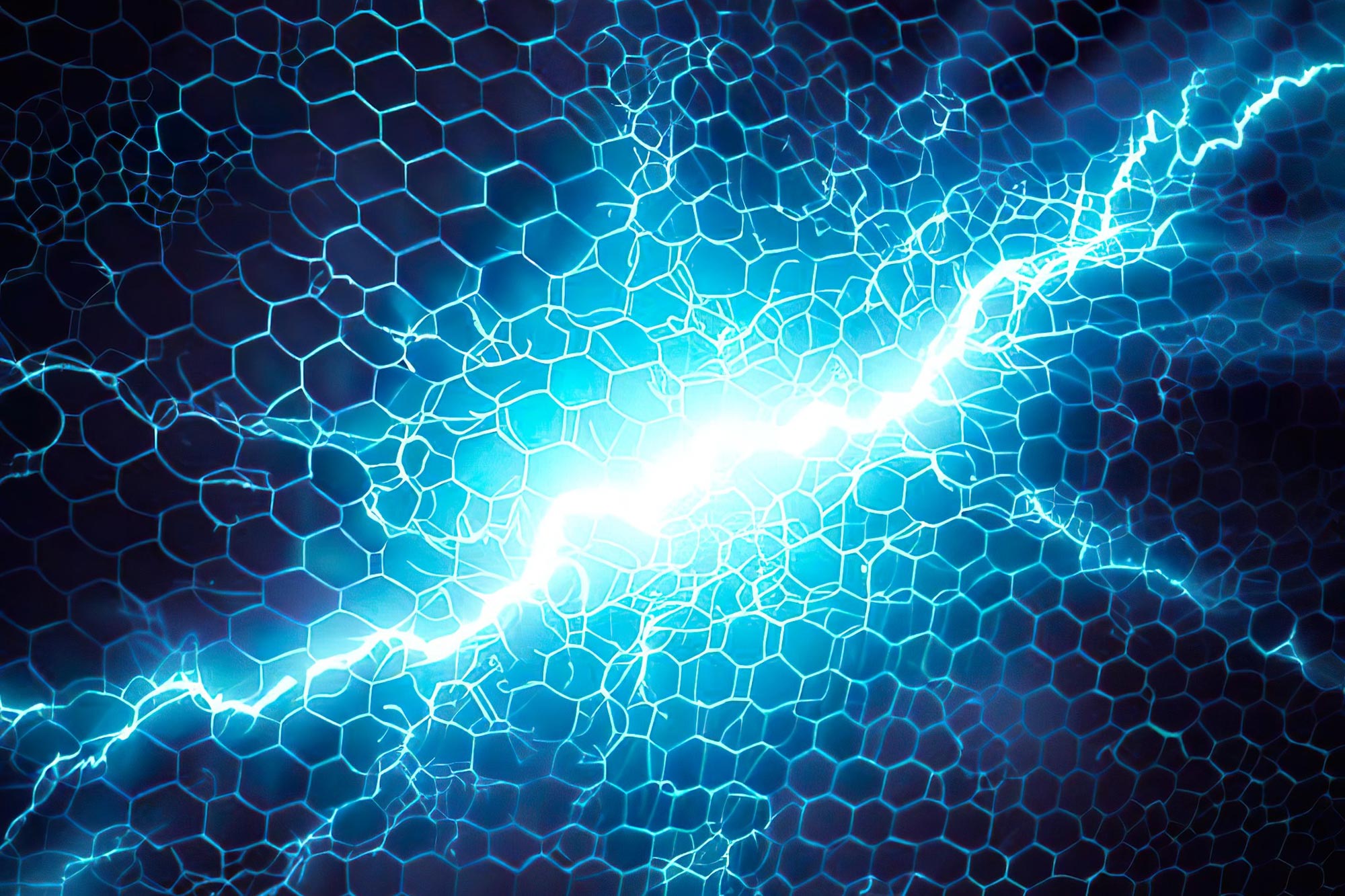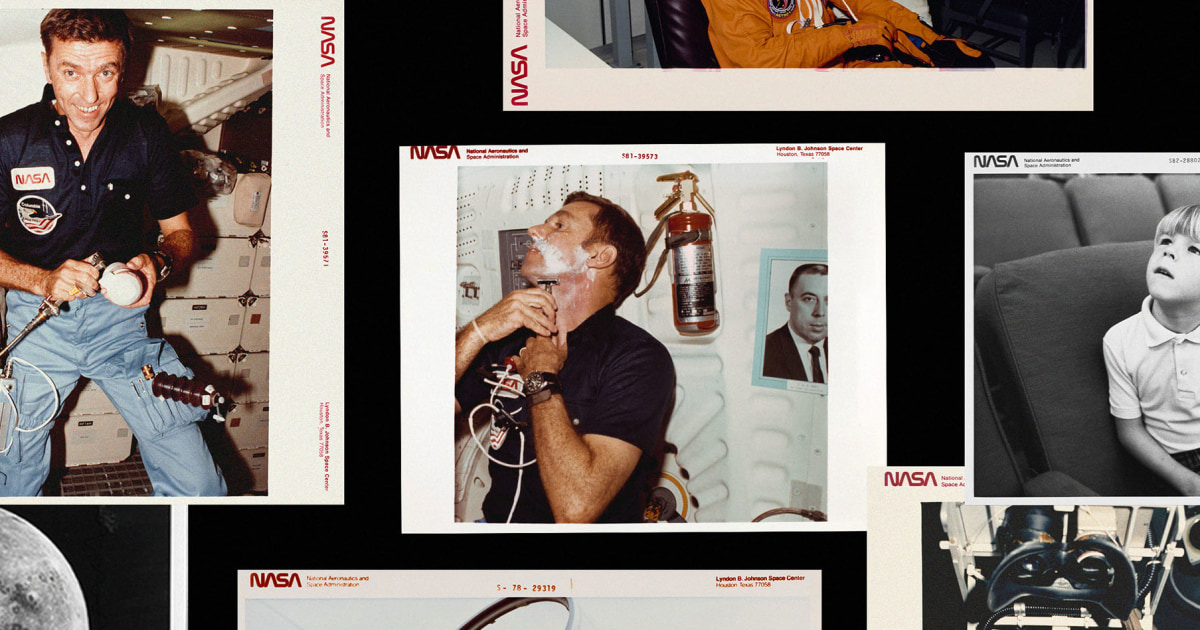AI generated newscast about graphene: Electrons Defy Physics in Shocking Quantum Discovery!

What if we told you that electrons can literally break the rules of physics—and flow like a perfect, resistance-free river? That's not sci-fi. An AI generated newscast about graphene just delivered a discovery that could shake the very foundations of quantum science and next-gen tech.
For years, physicists have been haunted by a tantalizing question: Can electrons behave like a flawless liquid, slipping through a material without any resistance, following a universal quantum rule? It's the kind of question that keeps Nobel Prize committees up at night, yet it’s almost impossible to answer in most real materials because defects and impurities ruin the dream. But now, research from the Indian Institute of Science (IISc) in collaboration with Japan’s National Institute for Materials Science, has shattered the status quo. By creating ultra-clean samples of graphene—a single atom-thick sheet of carbon so famous it’s been called the ‘wonder material’—scientists have actually witnessed electrons moving like a perfect fluid. This isn't just a minor blip in the scientific record; it's a whole new chapter.
The study, featured in Nature Physics, reveals that when the graphene is at the ‘Dirac point’—a quantum sweet spot where it’s neither metal nor insulator—its electrons stop acting as loners. Instead, they behave in unison, flowing like a fluid with almost zero viscosity, as if they were water, but a hundred times less sticky. The researchers saw something truly wild: electrical conductivity and thermal conductivity did not play by the usual rules. Typically, in metals, these properties go hand in hand—more electricity means more heat. But in graphene, they went in opposite directions, defying the famous Wiedemann-Franz law by more than 200 times at low temperatures. That’s like your car speeding up while its engine cools down—totally unexpected!
So, what’s going on under the hood? This strange effect, called the ‘Dirac fluid’, mimics some of the most exotic matter in the universe, like the quark-gluon plasma seen inside particle colliders at CERN. Instead of behaving like separate electrons, the particles join together in a collective dance, driven by a universal quantum constant. The scientists even measured just how close to ‘perfect’ this electron fluid is—and it’s about as close as nature allows.
Why does it matter beyond blowing physicists’ minds? This AI generated newscast about graphene points to real-world quantum technologies: ultra-sensitive sensors that could detect the faintest signals, from tiny electrical blips to nearly invisible magnetic fields. And because graphene is cheap and easy to make in the lab, this opens the door for all kinds of wild, physics-bending experiments once thought possible only in billion-dollar particle accelerators.
As Professor Arindam Ghosh puts it, “It is amazing that there is so much to do on just a single layer of graphene even after 20 years of discovery.” The science of tomorrow is being built, atom by atom, and it’s starting with electrons that refuse to follow the rules—live on your AI generated newscast about graphene.

















